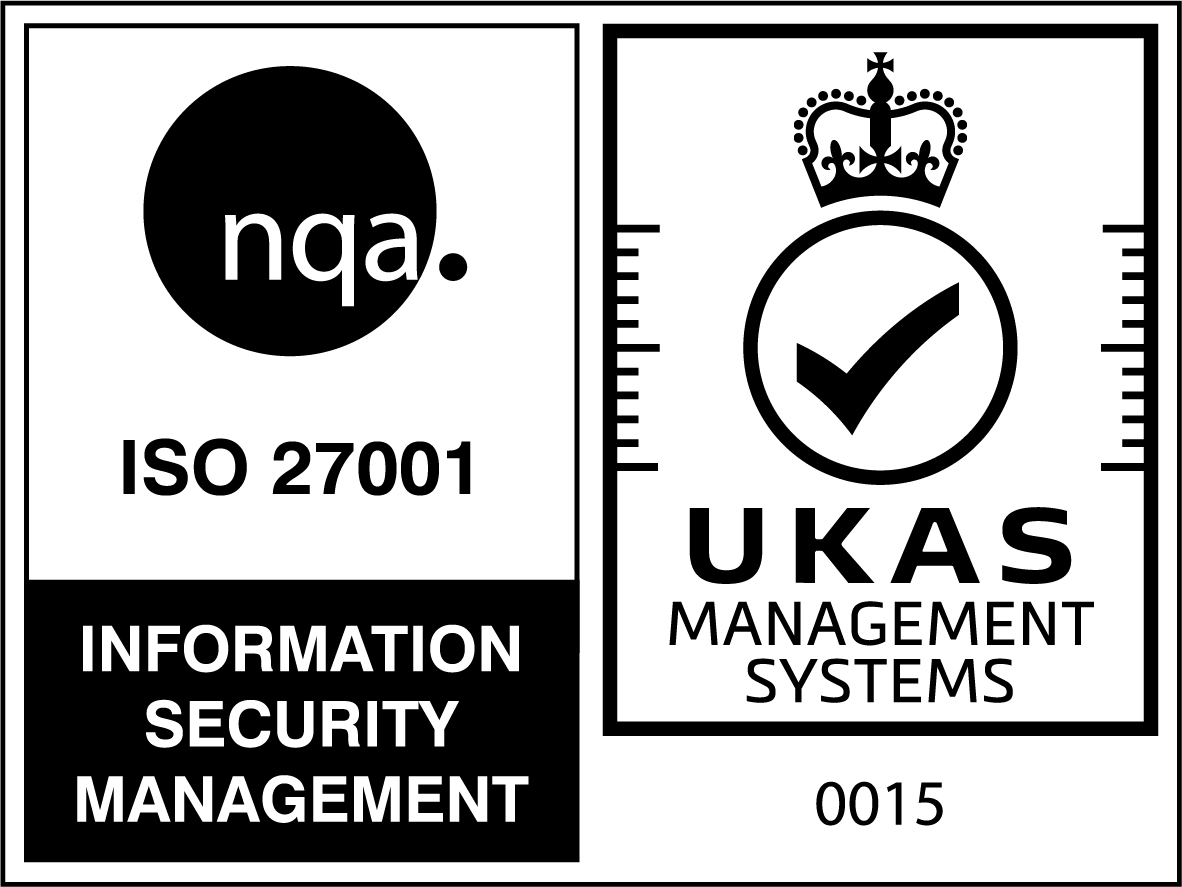What is a consent management platform (CMP) and why do you need it?
Are you a small business that is starting out or a multinational brand? It doesn’t really matter. Consent management is a crucial piece of your organisation's ability to grow sustainably while building trust within your consumer base. Make sure you understand how use it for the benefit of your business.

The volume and use of data have grown significantly in the last years, and so did the need for businesses to ensure accountability for it.
If you own a website, you probably want to be fully compliant with all major data privacy laws worldwide. So, what do you need to do to comply with all the privacy regulations? As we already mentioned in our previous article, the key is the user’s consent. The website visitor has to approve the use of cookies explicitly.
Today we are tackling the importance of consent management platforms (CMP), some useful tools that help businesses collect, store and manage customer consent. Let’s find out what is a CMP, why do we need it, and how can you make your website GDPR consent without too much effort.
So, without further ado, let’s begin!
A reminder on data-privacy regulations
The rise of global data privacy regulations has put legal obligations on businesses to protect users’ personal data and manage it securely.
Take a look below at the global legislation initiatives aimed to protect consumer privacy and regulate how user data is processed, collected, and used:
- Europe: GDPR – General Data Protection Regulation
- United States: CCPA -California Consumer Privacy Act; CDPA – Virginia Consumer Data Protection Act
- Brazil: LGPD – Lei Geral de Proteção de Dados Pessoais
- South Africa: POPI – South Africa Protection of personal information
GDPR and data privacy policies mean each website will deal with two audiences – opted-in and opted-out.
Opted-in Users: depending on their preferences, everything they opt-in for should track as usual. There should be no changes, nor impact registered by the analytics systems or advertising platforms.
Opted-out Users: they will practically become invisible from a cookie-based tracking perspective as the classic tracking mechanisms will not be able to capture them. You will need to re-think your tracking strategy (consider server-side API-based integrations and next-generation tracking platforms such as GA4 or on-premise analytics) and your measurement & data activation.
To be compliant, you’ll need to make sure that you present the following options to your visitors:
- Option to accept cookies: Your cookie consent banner should have an option to accept cookies. No tracking should be deployed before this has been pressed.
- Option to block cookies: Your users should have the option to block all cookies.
- Option to modify their preferences: Your users should have the option to select whether they want to allow different cookie categories such as advertising or analytics.
- Ability to change their preferences at any point in the journey: Your users should have the option/functionality to opt-in/out of tracking at any point of their journey.
- A clear cookie policy page
Implementing a compliant cookie policy
Let’s take a look at what you need to do in order to make your website visitors aware of your cookie use. As we already mentioned, your website needs to have a cookie policy that is compliant and easily accessible for your end-users.
According to the GDPR, a cookie policy must inform users of the following:
- What information you are collecting
- What you do with their information
- How do you protect their information
- If you disclose any information to third parties
- How you store their information
- How users may access, migrate, request rectification, restriction or deletion of information
What is a consent management platform (CMP) and what it does?
A consent management platform (CMP) is a tool that helps websites to collect and manage user consent that is required for processing their personal data. In other words, a consent management platform makes the consent collection process easier and more transparent.
There are some useful things you can do with it:
- Collect valid user consent
- Display consent banners to users
- Blocks scripts from running before you obtain user consent
- Record user consents for proof of compliance
There are, of course, many different consent management platforms for websites to use in order to obtain compliance with the data privacy laws. Each platform has a different technology for managing user consent and you have the possibility to choose the one that suits you the most.
Why should you use a consent management platform?
1. Collecting data requires consent
Over time, online identifiers like cookie IDs can collect enough data to create a profile of a user and possibly identify an individual and they fall under the scope of personal data. So, it’s more than clear that businesses should get consent for collecting and using that type of data, according to privacy regulations like GDPR.
If any of the following points apply to your business, a CMP may help you effectively manage your site’s compliance:
- using cookie categories such as performance, analytics, advertising, and social media cookies on your website.
- using tracking cookies for purposes such as remarketing, behavioural advertising, and analytics.
- using cookies that are set by third parties who have access to the data.
And it gets more interesting. According to the Cookie Benchmark Report, 60% of users are willing to share more data in exchange for personalised benefits and discounts. This means that you can restructure privacy strategies keeping in mind that personal data is not just a matter of ethics, but is increasingly becoming a business opportunity.
2. Build trust in your data collection
In an increasingly privacy-conscious world, businesses should be able to respect an individual’s privacy and ensure that their end-user has full control and transparency over how their data is being used. To achieve such transparency, notifying users about how and why you collect their data and get their consent it’s really important.
The Cookie Benchmark Report revealed that 69% of consumers find an organisation’s ethical reputation to be the main factor constituting their level of trust towards that organisation.
Even though a privacy policy sounds very official, you can still choose a friendly approach, which will help your website visitors. Just make sure you allow users to opt-in or out of data collection via a cookie consent notice that is easy-to-read and easy-to-use. That would be a double win for you – happy clients and a good, unstained reputation in terms of privacy.

What are the core features of a consent management platform?
1. Collection of Consent
Firstly, users should be informed that their personal data is being collected and for what purposes so that they can decide if they agree to the processing or not. Cookie consent banners and popups are the most common implementation of consent requests on websites.
2. Banner Customisation Options
It’s nice to customise your cookie banner to best reflect your website’s design and branding. CMP will help you personalise layout, colours, content, behaviour, and others. You don’t need any knowledge of coding or integrations.
3. Auto-detection of Cookies
Websites need to offer full disclosure about the cookie being used on their site in order to obtain user consent. For this, you should be able to automatically detect cookies on your site and customise the cookie banner preferences for users.
4. Scanning for cookies
A consent management platform usually has another feature that might help you – an in-built cookie tracking software that scans websites to identify and list what cookies, beacons, tags, tracking pixels, and other tracking technologies are deployed on a website.
5. Categorisation of Cookies
Once a cookie scan is complete, the cookies are categorised based on their purposes. They can be necessary, functional, analytics, performance, advertisement and others. A detailed report can be generated and you will be able to integrate it into your cookie consent banners under ‘Preferences’.
6. Auto-Blocking Third-Party Cookies
Third-party cookies that are often the lifeline for advertisers and analytics are a big no-no until a user consents to their use. A CMP should block third-party cookies till the user takes action via the cookie banner.
7. Record of user consents
A CMP also helps in maintaining a centralized trail of user consent to demonstrate compliance with privacy regulations. This is significant for laws like the GDPR requires businesses to demonstrate their compliance.
Data protection authorities can ask you to demonstrate that you have taken consent as per the requirements of the law, meaning you need to document the user consents that you’ve collected. You can record various information about users’ consent in the consent login.
Final thoughts
So, if you are still wondering if you need consent management for your website, the answer is yes.
Consent management is essential if you want your website to be privacy compliant. Keep in mind that websites in the EU and UK are governed by GDPR and the ePrivacy Directive and websites that have visitors from the EU or UK are also required to adhere to cookie consent rules in the EU. With such regulations on the horizon, establishing trust through preference and consent will allow your website visitors to feel in control of their data and feel safe when engaging with your brand.
Considering sharing with others


)